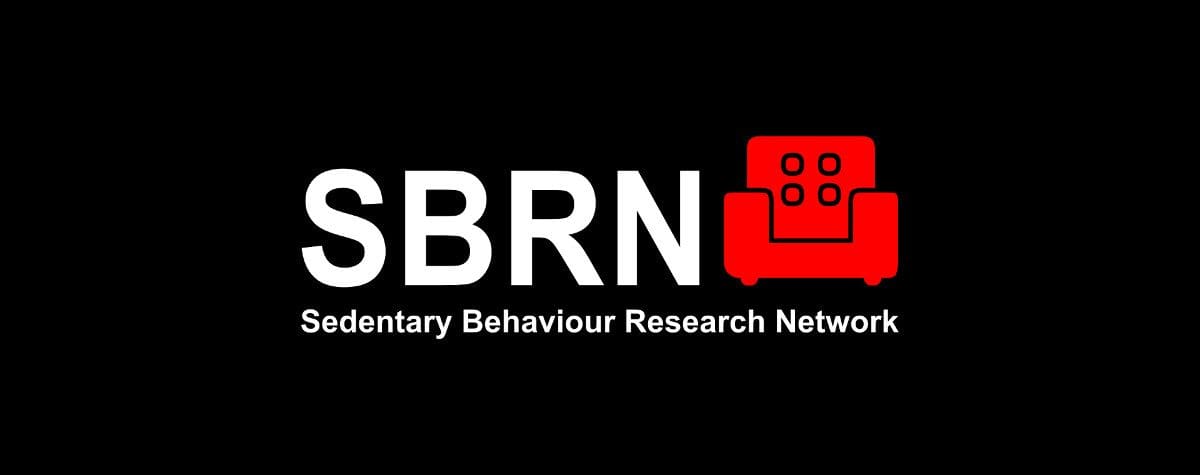
American Academy of Pediatrics Release Updated Media/Screentime Guidelines
October 28, 2013
SBRN Presents List of Sedentary Behaviour Questionnaires
December 18, 2013SBRN members Sebastien Chastin and colleagues have recently published the results of the first round of their Sedentary Behaviour Taxonomy project.
The abstract (via PLOS ONE):
Background
Over the last decade, sedentary behaviors have emerged as a distinctive behavioral paradigm with deleterious effects on health independent of physical activity. The next phase of research is to establish dose response between sedentary behaviors and health outcomes and improve understanding of context and determinants of these behaviors. Establishing a common taxonomy of these behaviors is a necessary step in this process.
Aim
The Sedentary behavior International Taxonomy project was developed to establish a classification of sedentary behaviors by use of a formal consensus process.
Methods
The study follows a Delphi process in three Rounds. A preparatory stage informed the development of terms of reference documents. In Round 1, experts were asked to make statements about the taxonomy; 1) its purpose and use ; 2) the domains, categories or facets that should be consider and include; 3) the structure/architecture to arrange and link these domains and facets. In Round 2 experts will be presented with a draft taxonomy emerging from Round 1 and invited to comment and propose alterations. The taxonomy will then be finalised at the outset of this stage.
Results
Results of Round 1 are reported here. There is a general consensus that a taxonomy will help advances in research by facilitating systematic and standardised: 1) investigation and analysis; 2) reporting and communication; 3) data pooling, comparison and meta-analysis; 4) development of measurement tools; 4) data descriptions, leading to higher quality in data querying and facilitate discoveries. There is also a consensus that such a taxonomy should be flexible to accommodate diverse purposes of use, and future advances in the field and yet provide a cross-disciplinary common language. A consensual taxonomy structure emerged with nine primary facets (Purpose, Environment, Posture, Social, Measurement, Associated behavior, Status, Time, Type) and the draft structure presented here for Round 2.
The full paper is available for free via the journal PLOS ONE.




